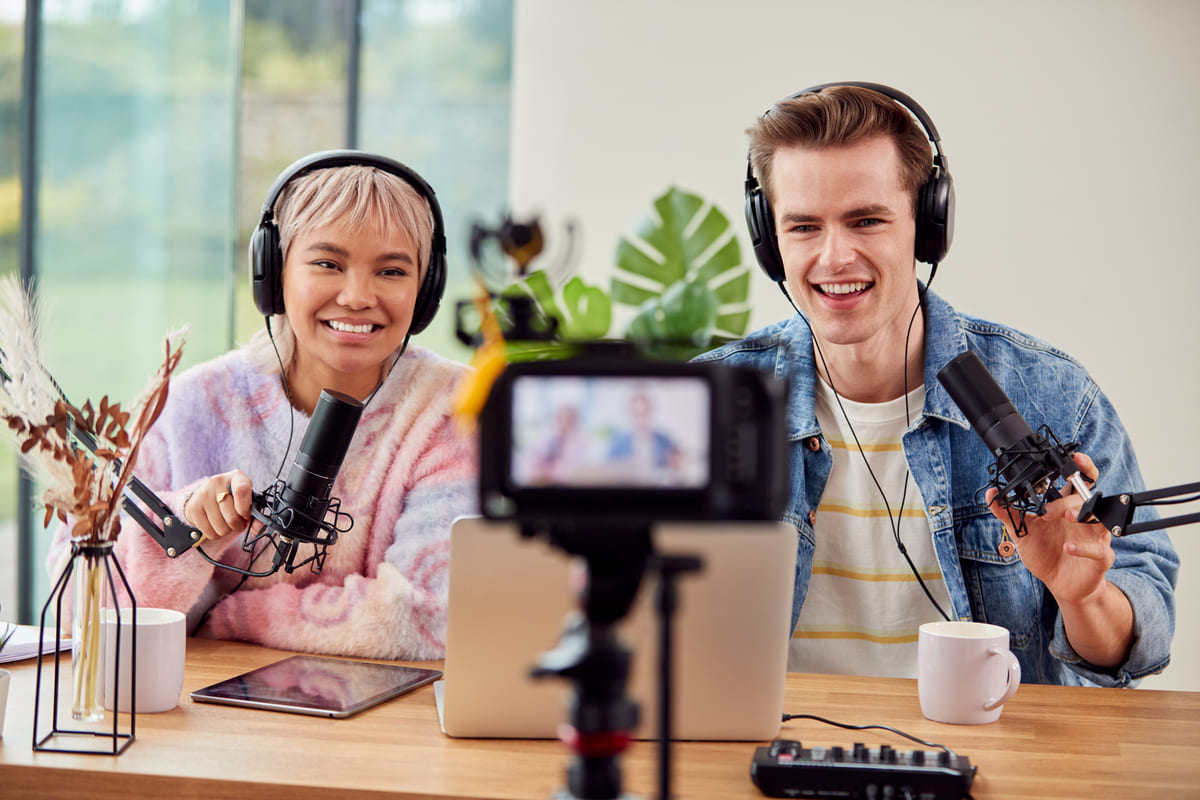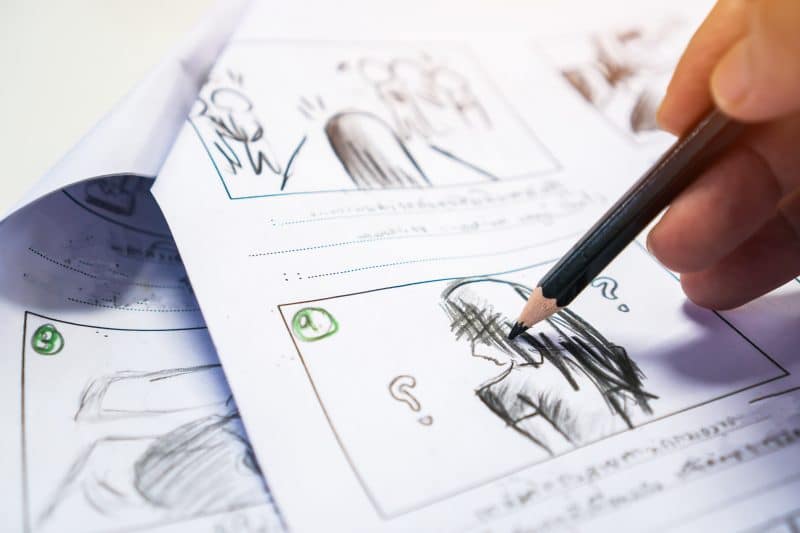This is the first of a couple of explorations into the use of picture profile settings on the FS-100. This is the camera of choice for corporate video and web video here at Hightower. I’ve been watching Phillip Bloom’s camera comparisons and reading about picture profile settings on Frank Glencairn’s blog here and decided I needed to try and work out how best to use PPs with our camera.
This is not a scientific test and the obvious lesson from this is that it’s entirely subjective as everyone we asked about the pictures we took had different opinions.
This was also a ‘real world’ test, in that conditions weren’t particularly controlled. Basically I shot into a dark corner of my kitchen at night using the available light from the bulbs in the house.
The camera was manually white balanced, lens fully open at1.8, and about 25db of gain.
I then took the shot without using any picture profile, and then using Frank Glencairn’s suggested picture profile setting. This test is no criticism of suggested settings but an exploration of how those settings might fit into a workflow.
Final Cut Pro
The shots were then imported into FCP7 through log and transfer. The shots were given a basic colour correction, using 3-way corrector to bring the tiles back to white, then a ‘look’ was applied using Magic Bullet looks. I then produced four pictures from this. The first was as the shots were recorded in camera, the second with colour correction, the third with the colour correction and Magic Bullet looks grading, the fourth was with the grading but no colour correction. The left half for each picture was with PP and the right half with no picture profile. I then asked various people what they thought of the pictures without letting them know the settings or what was being looked for. It should also be noted that the images were enlarged by 143% on the timeline.
The shot straight out of camera, with Picture Profile on left.
With 3-way colour corrector (meaning little change for the right hand side)
A basic grade added on top of the colour correction (as hoped most people preferred the left hand side which is basically the picture with most work/effort)
Seeing the shot with the grade without having colour correction (suggesting that with this pp colour correction is vital)
Obviously the responses are subjective and there was no ‘intended’ look or style that we were trying to get. We found that most technically people with a camera background liked the left hand side of the third picture the best, which is using the pp, colour correction and grading. Which is kind of good news as it shows that by going to all this effort can be worth it as it provides a ‘better picture’ as a result.
For the rest of the pictures a few people did like the left hand side on all, but most people preferred the right. This would imply that using (this particular) picture profiles is good if you are intending to colour correct and grade the shot. Otherwise it seems less complicated to let the camera do what it does.
Colour Correcting
One thing I found was that (due to white balance) colour correcting the shot without the pp made little difference where as the pp shot required colour balancing so maybe I need to be tweaking the PP settings so that colour correction isn’t necessary but so that the shot is still primed for grading.
Anyway, this leads me to conclude that using PPs can greatly improve the shot and flexibility with doing grading, but, especially if the edit is in someone else’s hands, it can be wise to play it safe. Also more tests need to be done. There are no skin tones in this shot and it is unevenly lit and not actually ‘lit’ at all.
For the next test we’ll be shooting a face outdoors and comparing different Picture Profile settings as well as without a PP, again for straight out of camera as well as grading uses.
Our thanks to the following for doing the blind test… Ella, Toby (https://www.tobydeveson.com/), Bran, Ashley, Rich, Luke’s mum, Simon (https://www.create.net/), Kevin, Samantha, and Alex, as well as anyone else who contributes.
Also to Frank Glencairn for his PP settings which can be seen here, which ultimately did produce the best picture, and to Phillip Bloom (https://philipbloom.net/2012/01/06/christmas-shootout/) who’s continual exploration for better pictures is an inspiration.
If you’d like our help with your next video production, get in touch







